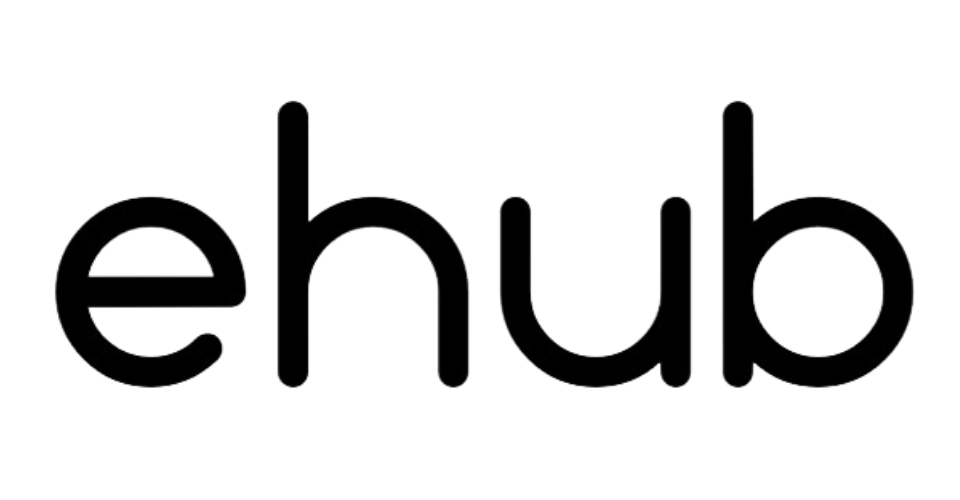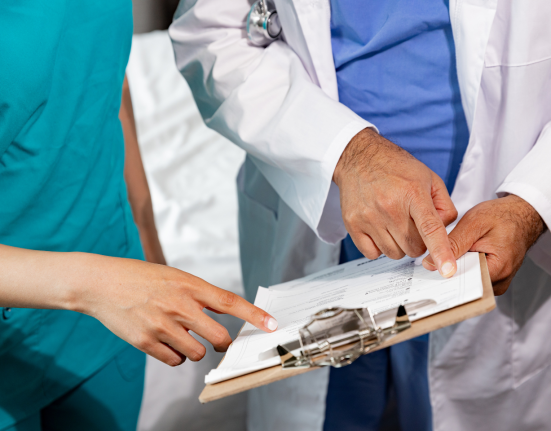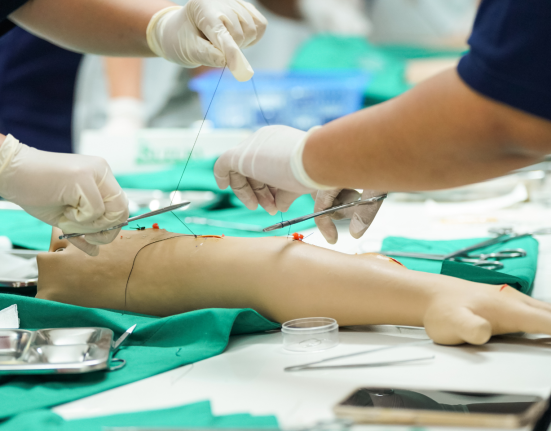Graduating from pharmacy school is a major milestone—but what comes next can be a bit of a maze. Two acronyms you’ll hear often are PRP and FRP. Whether you’re planning your next steps or still unsure about the exact differences between the two, this article is designed to break it down in simple terms—no jargon, no fluff.
Let’s help you understand what PRP and FRP actually mean, how they impact your pharmacy career, and what you should expect along the way.
What Is PRP (Provisionally Registered Pharmacist)?
PRP stands for Provisionally Registered Pharmacist. It’s the stage fresh graduates enter after completing their pharmacy degree but before obtaining full registration. Think of it as a probation period—you’re qualified, but not quite a fully licensed pharmacist just yet.
During this stage, you’ll:
- Work under supervision at a recognised pharmacy or hospital.
- Complete a set of tasks or competencies as outlined by the Pharmacy Board or regulatory authority.
- Typically spend a year (or 12 months) in this role, depending on your country’s requirements.
The goal of PRP? To bridge the gap between academic knowledge and real-world pharmacy practice. You’ll learn how to apply your clinical skills in a fast-paced, professional setting.
What Is FRP (Fully Registered Pharmacist)?
FRP, or Fully Registered Pharmacist, is the end goal for most pharmacy graduates. Once you’ve successfully completed your PRP year and passed the required evaluations or exams, you’re eligible to become an FRP.
As a fully registered pharmacist, you:
- Can work independently without direct supervision.
- Have broader career opportunities, including specialisation, entrepreneurship, and leadership roles.
- Carry legal and professional accountability for your decisions and practice.
This is when you truly step into your own as a pharmacy professional.
Key Differences Between PRP and FRP
| Feature | PRP (Provisionally Registered Pharmacist) | FRP (Fully Registered Pharmacist) |
|---|---|---|
| Status | Probationary / Under supervision | Fully qualified, independent |
| Duration | Typically 12 months | Indefinite, unless license lapses |
| Supervision | Mandatory | Not required |
| Main Goal | Practical training and competency assessment | Full professional practice |
| Opportunities | Limited roles, usually at approved sites | Wide range – community, hospital, industry, academia, etc. |
What You Should Know Before Starting PRP
Many pharmacy graduates jump into PRP expecting it to be a straightforward “working year”. But there’s more to it than just clocking in and out.
Here’s what you need to prepare for:
- Choose Your PRP Site Wisely
Whether you go for a hospital, retail chain, or independent pharmacy, the experience will shape your early career. Look for a place that offers mentorship and opportunities to grow. - Keep a Reflective Journal
This isn’t just for show. Documenting your experience helps you stay on track with your competencies and makes it easier during reviews. - Time Management Is Crucial
Between work, evaluations, and any supplementary assignments or reports, time can slip away quickly. Stay organised. - Communication Matters
You’ll be dealing with real patients, doctors, and healthcare professionals. Build strong communication skills early—it’ll serve you long after PRP.
Transitioning from PRP to FRP: What to Expect
The transition can be both exciting and nerve-wracking. You’ll go from being supervised to being the one others come to for advice. Some countries require a final assessment or licensing exam, so make sure you’re prepared.
Pro tip: Even after becoming an FRP, never stop learning. Consider CPD (Continuing Professional Development), certification programmes, or even specialisation in areas like oncology, geriatrics, or clinical pharmacy.
Which One Should You Focus On?
In reality, you can’t become an FRP without first being a PRP. So instead of seeing them as separate paths, think of PRP as the necessary stepping stone to becoming a confident, competent FRP.
Every great pharmacist starts somewhere, and your PRP year is where you lay the foundation for everything that comes after. Take it seriously, learn from your mistakes, and lean on your mentors. The transition to FRP is a proud moment—but it’s the journey through PRP that makes you ready for it.

























